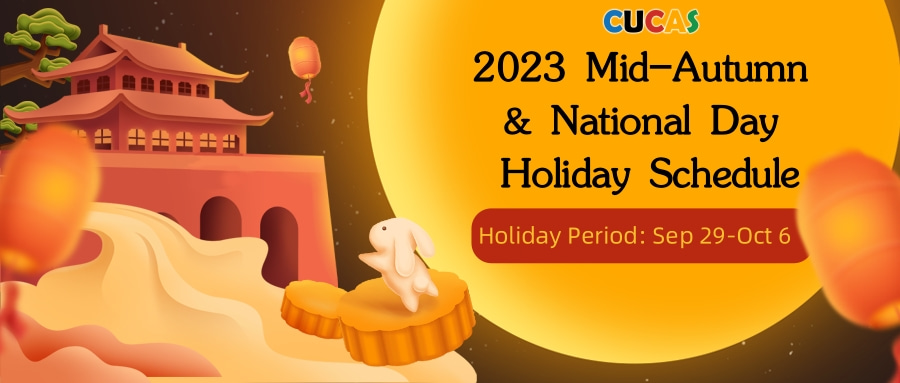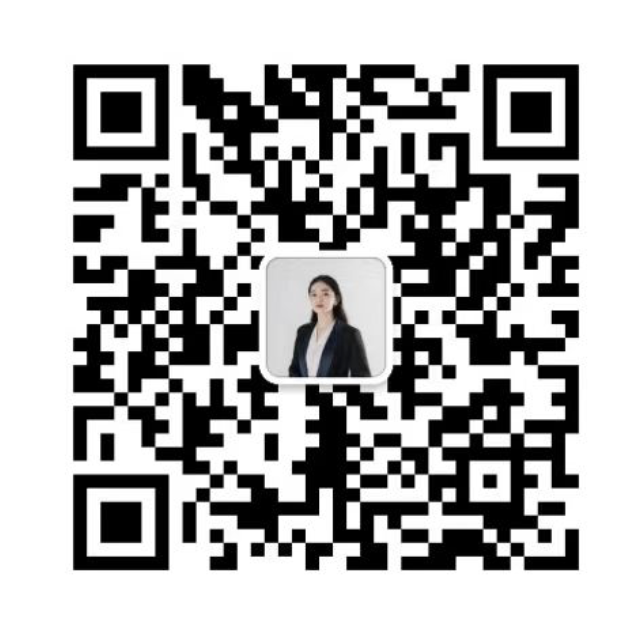Professor Wu Jian and the team at the State Key Laboratory of Precision Spectroscopymade progress in the field of Rydberg state excitation by applying femtosecond strong lasers to molecules for generating Rydberg atoms.With combined electron-nuclear correlation energy spectrum technology, their results revealed that multi-photon resonance excitation is a universal mechanism in generating Rydbergstate excitation when induced by strong lasers.

The results are published in the February 2019 issue of Nature Communications.
The results are published in the February 2019 issue of Nature Communications under the title Electron-nuclear fractured multiphoton route to Rydberg fragments of molecules. The work on this project was completed in cooperation with He Feng, a researcher from Shanghai Jiao Tong University. East China Normal University is credited as the first author at the institute leveland Zhang Wenbin, a Ph.D candidate from ECNU’s the State Key Laboratory of Precision Spectroscopy, is the first author of this paper.

Professor Wu(to the right) and Ph. D candidate Wenbin Zhang.
According to the members of the research team, the whole experiment took nearly two years - from initially obtaining data for the study to the final publication of the results. Starting in early 2017, the team found that neutral Rydberg atoms produced by a strong laser field could be detected by the detector as well as charged particles. Although when they analyzed the data and found strange spikes in the nuclear energy spectrum of neutral Rydberg atoms, researchers were puzzled at the different results they had predicted from the conventional tunneling images. The research team had conducted many discussions and analysesproposing new physical explanations over a long period of time to no avail. Instead of giving up, however, they constantly improved the measurement accuracy and resolution in order totest the Rydberg state excitation under different physical conditions, hoping to understand the real universal physical mechanism behind the whole process. After numerous experiments and repeated discussions, Professor Wu's team finally found that the solution lied in when the electrons and nuclei were bound together in the equation of the problem. The bound electrons, whether in atoms or molecules, will absorb photon energy from the light field and ionize during the functions of ultra-fast and strong lasers. According to the varying intensity levels, the ultrafast electron ionization can be understood as multi-photon ionization or quantum tunneling mechanisms.

Professor Wu Jian's team.
In recent years, researchers have found that while caught up in the strong laser field, electrons have a certain probability of not being ionized while living as if imprisoned in the Rydberg state, a stable and neutral Rydberg atom will result in such circumstances.

Hydrogen molecules dissociated by ultrashort femtosecond laser to produce neutral Rydberg atoms and their coincidence detection schematic diagram
Neutral Rydberg atoms and molecules have many remarkable characteristics, such as huge orbital radius, extremely long coherence time, large collision-cross sections, strong electric dipole momentum and high electric polarization. These characteristics put Rydberg atoms and molecules at the forefront of interdisciplinary scientific research, equipped with many important applications in the fields of precision spectroscopy and precision measurement, quantum nonlinear optics, non-equilibrium quantum multibody dynamics, quantum computation and quantum information.
As one of the important means to generate Rydberg atoms and molecules, strong laser-induced Rydberg state excitation has important implications for the phenomena in this study such as neutral atom acceleration, near-threshold harmonic generation, low-energy photoelectron spectrum structure generation and multi-photon Rabi oscillation.
In commiting to scientific advancement, researchers have explored the area of this field proposing that the physical mechanism of strong laser-induced Rydberg state excitation is similar to the ionization mechanism of atoms and molecules; the process is explained by multi-photon resonance excitation or frustrated quantum tunneling images. According to the multi-photon resonance excitation mechanism, after absorbing the energy of multiple photons, the electrons are directly brought into the Rydberg orbit. The frustrated quantum tunneling image suggests, due to the small kinetic energy obtained from the light field, that some tunneling electrons are not prepared to overcome the binding of the coulomb potential of the nucleus. Thus after the laser field disappears, there is a certain probability that the nucleus will re-capture the electron and form a highly excited and neutralized Rydberg state atom.
Since the discovery of strong laser-induced Rydberg state excitation, the physical mechanism of Rydberg atoms and molecules, generated by strong laser fields,has led to controversial ideas on the interplay of multi-photon resonance excitation and the frustrated tunneling mechanism. In past studies, the correlation between electrons and nuclei in the excitation process of Rydberg atoms and molecules has virtually been ignored as a determinant factor.

How the energy is distributed between the electron and the nucleus in the hydrogen molecular double ionization channel and the Rydberg state excitation channel

The dissociation atomic energy spectrum of hydrogen molecular double ionization channel and Rydberg atomic excitation channel varies with the laser intensity
The simplest two-electron neutral molecular system, molecular hydrogen (H2), plays an important role in revealing the basic molecular dynamics of the process. Based on the previously developed neutral Rydberg atomic detection technology, Professor Wu Jian's team proposed to conduct an experimental exploration of the strong laser-induced excitation process of Rydberg stateusing the interaction between ultraviolet femtosecond strong laser pulse and hydrogen molecule.
It was found that through the detection of ion H+, neutral Rydberg atom H* and free electrons generated by photoelectric dissociation - combined with the electron-nucleus correlation energy spectrum technology -could be revealed in the universal mechanism of multi-photon resonance excitation for the generation of strong laser-induced Rydberg state.
The paper outlines a three step process in applying the electron-nuclear correlation energy spectrum, hydrogen molecular double ionization channel and Rydberg atomic excitation channel under strong laser field. First, hydrogen molecules undergo a single ionization process. Secondly, the nucleus of wave packet will move on the potential energy curve through different photon resolution paths as a result of generating the hydrogen molecular ion (H2+). Finally, when the reaction of the nucleus of wave packet moves at a certain distance and it further resonateswith the enhanced ionization state transition to the coulomb repulsion, the final dissociation form two protons - namely, double ionization channels or the multiphoton resonance excitation population.After reaching highly excited states, final dissociation forms a proton and a neutral atom, which is called the reed fort atomic excitation channel.
The results of the experiment suggest that the nuclear spacing in the Rydberg state is smaller than that in the resonance enhanced ionization state. In addition, due to the stark shift effect, the nuclear spacing at the Rydberg state resonance excitation increases with the increase of laser intensity. This change will affect the distribution ratio between the electron and the dissociated nucleus causing the energy spectrum structure of the Rydberg atom to change with the light intensity. When the light intensity reaches a certain level, the dissociation nuclear energy spectrum of hydrogen molecular double ionization channel and Rydberg atomic excitation channel show similar features.
This phenomenon indicates that the multi-photon resonance excitation mechanism, as a universal mechanism for the generation of strong laser-induced Rydberg state, also explains the predicted hypothesis held bythe frustrated tunneling ionization theory. Moreoever, the study reveals the importance of the intramolecular electron-nuclear correlation effect in the generation of Rydberg atoms, gives in-depth understandingon the basic physical behaviors of strong laser-induced Rydberg state excitation, and provides a new method and idea for the coherent regulation of strong field Rydberg atomic and molecular excitation.
Professor Wu Jian’s team engaged in studies on the high-velocity, ultrafast laser within behaviorial research on precision measurement and control, such as the effect of surrounding intramolecular electron-nuclear association, the development of the electronic-ion multi-body spectral imaging technology and electronic-nucleus relevance technology, experimental observation for the first time to the intramolecular electron-nuclear energy in the process of multiphoton absorption associated sharing effect [Phys. Rev. Lett., 111, 023002 (2013)]. It also reveals that molecular vibrational population is the physical mechanism of electron-nucleus sharing multi-photon energy [Phys. Rev. Lett. 117, 103002 (2016)], in effect producing electron heavy scattering for nucleus to store higher levels of photon energy [PNAS 115, 2049 (2018)].
In 2017, the neutral Rydberg atomic detection technology was further developed, and the precise measurement and manipulation of the ultra-fast dynamic processes of intramolecular electron recapture under the action of strong laser field was realized for the first time [Phys.Rev.Lett.119,253002(2017)].




















